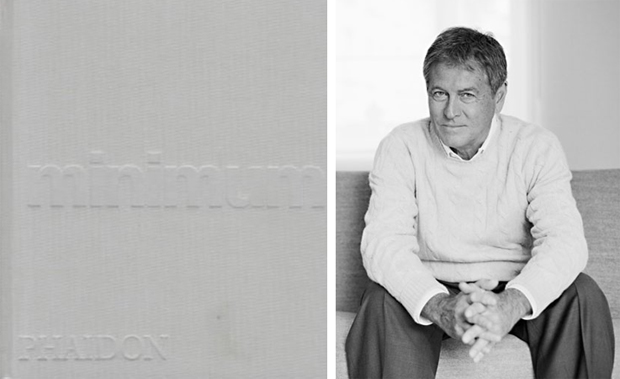
John Pawson - in praise of minimalism
The master minimalist on what the term really means to him
Reading through the acres of positive press coverage for John Pawson's A Visual Inventory it struck us that his name was almost always prefixed with the words 'minimalist' or 'minimalist architect' - which got us wondering what the term minimalism actually means to him.
"The minimum could be defined as the perfection that an artefact achieves when it is no longer possible to improve it by subtraction," he said. "This is the quality that an object has when every component, every detail and every junction has been reduced or condensed to the essentials. It is the result of the omission of the inessentials. The idea of simplicity is a recurring ideal shared by many cultures – all of them looking for a way of life free from the dead weight of an excess of possessions. From Japanese concepts of Zen, to Thoreau’s quest for simplicity, minimal living has always offered a sense of liberation, a chance to be in touch with the essence of existence, rather than distracted by the trivial.
"Clearly simplicity has dimensions to it that go beyond the purely aesthetic: it can be seen as the reflection of some innate, inner quality or the pursuit of philosophical or literary insight in to the nature of harmony reason, and truth. Simplicity has a moral dimension, implying selflessness and unworldliness. The cult of simplicity has been advocated by almost every kind of religious and spiritual sect, from the Quakers to the Buddhists, and represented by them, whatever their other beliefs, as a virtue that can purify the spirit, and can offer adherents a sense of inner tranquillity.”
For more Pawson insight into minimalism check out the beautifully bound pocket editions of John's book Minimum (from which the above explanation is abridged).